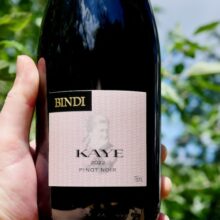
Product information
Bindi KAYE Pinot Noir 2023
$125
Description
This is a very sentimental wine from our most elevated vineyard, planted in 2001, that pays tribute to my mother, Kaye. It’s a vineyard with a stunning perspective over the other vineyards, the winery, house and to the forests and hills beyond. There are some lovely metaphors, no doubt. The site has a lot of quartz and mudstone, a smattering of volcanic soils that have eroded down from the volcanic plateau above, and produces a wine of fragrance, structure and complexity. The 2023 Kaye is already showing lovely complexity but is still extremely youthful. The nose is very fragrant of roses, undergrowth, rhubarb, musk and spice. The palate is supple and creamy, is carried by very fine tannins which are super elegant and provide a finish with a lot of finesse. It will drink at its best from five years of age.
Michael D
Limit 1
Only 1 left in stock









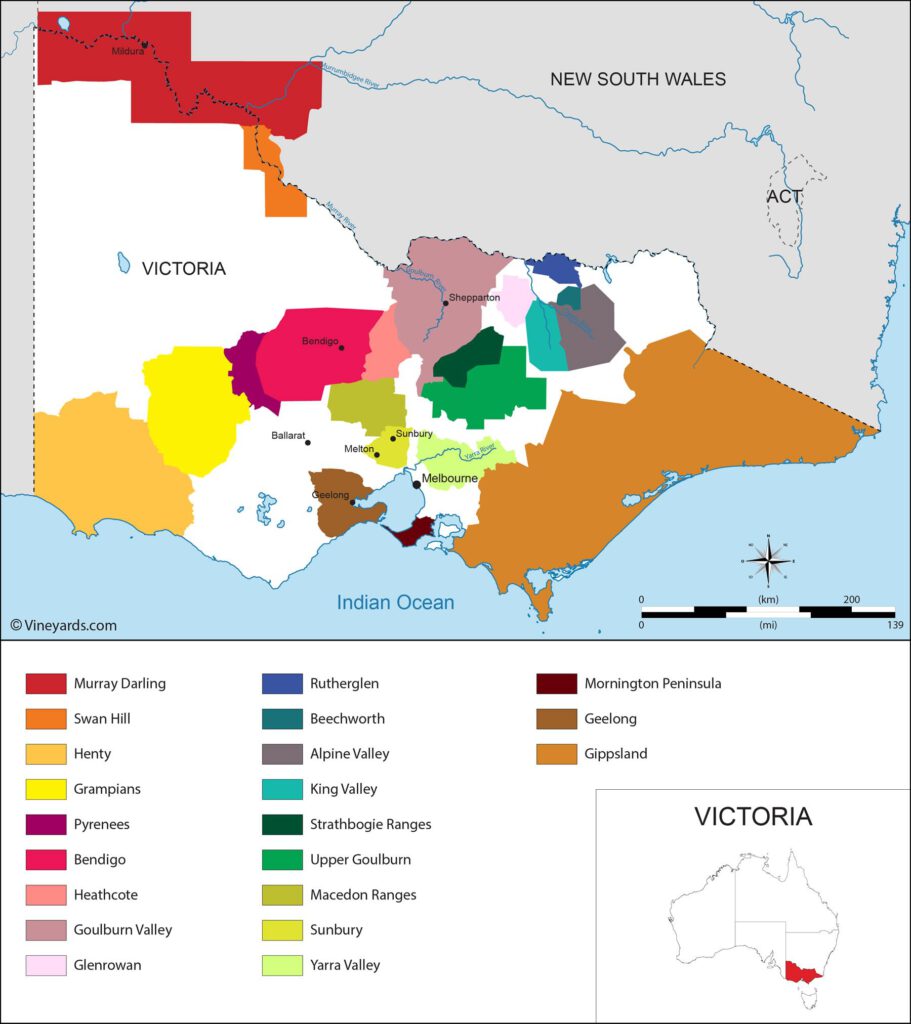
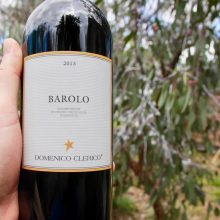
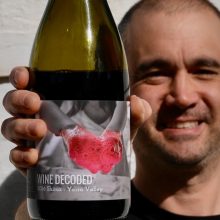
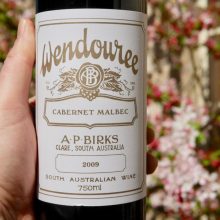
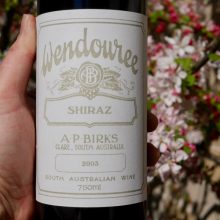
You must be logged in to post a comment.